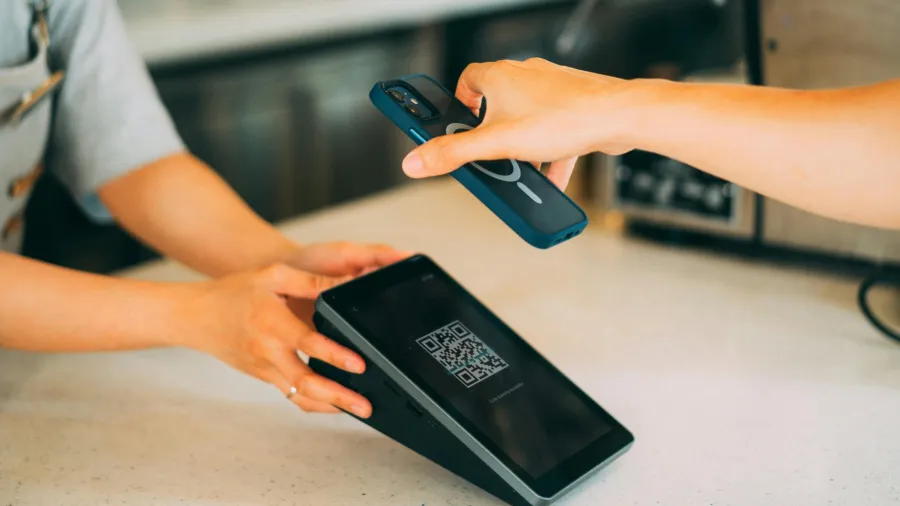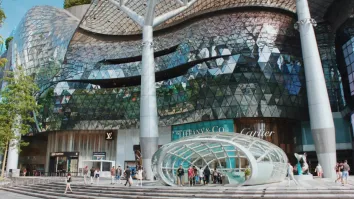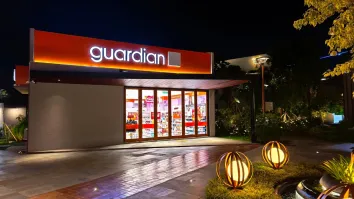
Improving traceability and inventory management efficiency with GS1’s 2D barcodes
These 2D barcodes function as a compact data repository.
THE retail sector is set for a major shift with GS1’s new 2D barcodes, promising to overhaul traditional systems by providing a more detailed approach to product information that extends beyond mere identifiers.
Unlike the traditional 1D barcodes, which only encode a simple product ID or the Global Trade Item Number (GTIN), the 2D barcodes function as a compact data repository.
“We are talking about numbers, expiry dates and manufacturer details, all incorporated in one square with the retail landscape embracing data more and more. This is a game changer,” Christopher Ang, CEO of GS1 Singapore, told Retail Asia.
“The barcodes unlock a new level of transparency, improved inventory management, better traceability and sustainability, all powered by richer data, QR codes powered by GS1 bridge the gap between brands and consumers offering information beyond the label,” he added.
Recognising the need for clear and compelling communication, GS1 is launching a new narrative. This approach focuses on simple, customer-centric messaging, moving away from technical jargon to highlight the tangible benefits of GS1’s offerings.
The goal is to make the value and relevance of GS1 unmistakable.
GS1 has a 2023-2027 Retail Strategy which is built on three strategic pillars and offers a detailed roadmap for the future, addressing the pressing needs of the industry and supports GS1 Member Organisations in making informed, strategic decisions.
Developed in collaboration with major retailers, marketplaces, brands, and GS1’s global network, the strategy covers key sectors such as consumer packaged goods, fresh foods, apparel, and general merchandise, both in-store and online.
Adonption
As 2D barcodes begin to gain traction, the industry is preparing for a significant change in inventory management, customer engagement, and product safety. Leading retailers are already integrating this technology, setting the stage for a more data-driven and customer-centric retail experience.
Woolworths in Australia started using 2D barcodes on fresh meat and poultry to track batch details, suppliers, and use-by dates in 2019.
By early 2022, 50% of their meat products in over 1,000 stores had these barcodes. The technology has reduced food waste by up to 40% and improved food safety by managing expiry dates and recalls more effectively.
These 2D barcodes also enable quicker identification of expiring items, more accurate recalls, and prevent out-of-date products from being sold. It also enhances productivity by automating expiry date management and markdowns, resulting in up to a 21% increase in store productivity.
Additionally, it offers new digital engagement opportunities for consumers. Scanning a barcode can provide information such as sustainability certifications, nutritional data, and product details.
Suppliers benefit too, gaining better quality assurance and traceability through this technology.
Likewise, 7-Eleven Thailand has implemented GS1 DataMatrix barcodes to prevent the sale of expired products, with support from GS1 Thailand.
These compact 2D barcodes, which include expiration dates and batch numbers, replaced QR Codes for efficiency.
The project involved updating packaging, production line printers, and point-of-sale scanners, and establishing new procedures for handling expired items.
Around 100 ready-to-eat products in over 12,000 stores used these barcodes by early 2023. This change has improved quality control, streamlined store operations, and eliminated expired product complaints. 7-Eleven said it plans to extend the use of 2D barcodes across more products and suppliers and aims to phase out 1D barcodes completely.
In Singapore, innovative start-ups and healthcare companies are also incorporating 2D barcodes to improve product traceability and engage consumers more effectively.
“GS1 is actively collaborating with industry leaders to harness the full potential of 2D barcodes,” Ang said. “This technology not only represents a technological upgrade, but also an opportunity to revolutionise retail operations, enhance customer interactions, and streamline the shopping experience."
Challenges
Despite this, Ang acknowledged that the transition to 2D barcodes will come with its own set of challenges. “We might see both types of barcodes on products for a while, but the future is undeniably leaning to 2D. We expect that 2D scanning adoption will grow different rates around the world,” he said
“However, one thing is certain, those that speed up this transformation the fastest will be in the best position to unlock new, valuable capabilities and benefits,” he added.
The CEO also stressed the need for retailers to have the right point of sales scanner technology to ensure both 1D and 2D barcodes can be scanned.
At present, 80% of retail POS systems can read 2D barcodes. Ang noted that this figure is expected to rise to over 85% by the end of 2027.
He also said that the introduction of 2D barcodes could lead to a more personalised and efficient retail environment.
“See [this] as an opportunity to revolutionise your retail operation, personalise the customer experience and unlock the future of smarter and more efficient shopping. The future is encoded, and GS1 2 barcodes hold the key,” said Ang.



















 Advertise
Advertise







